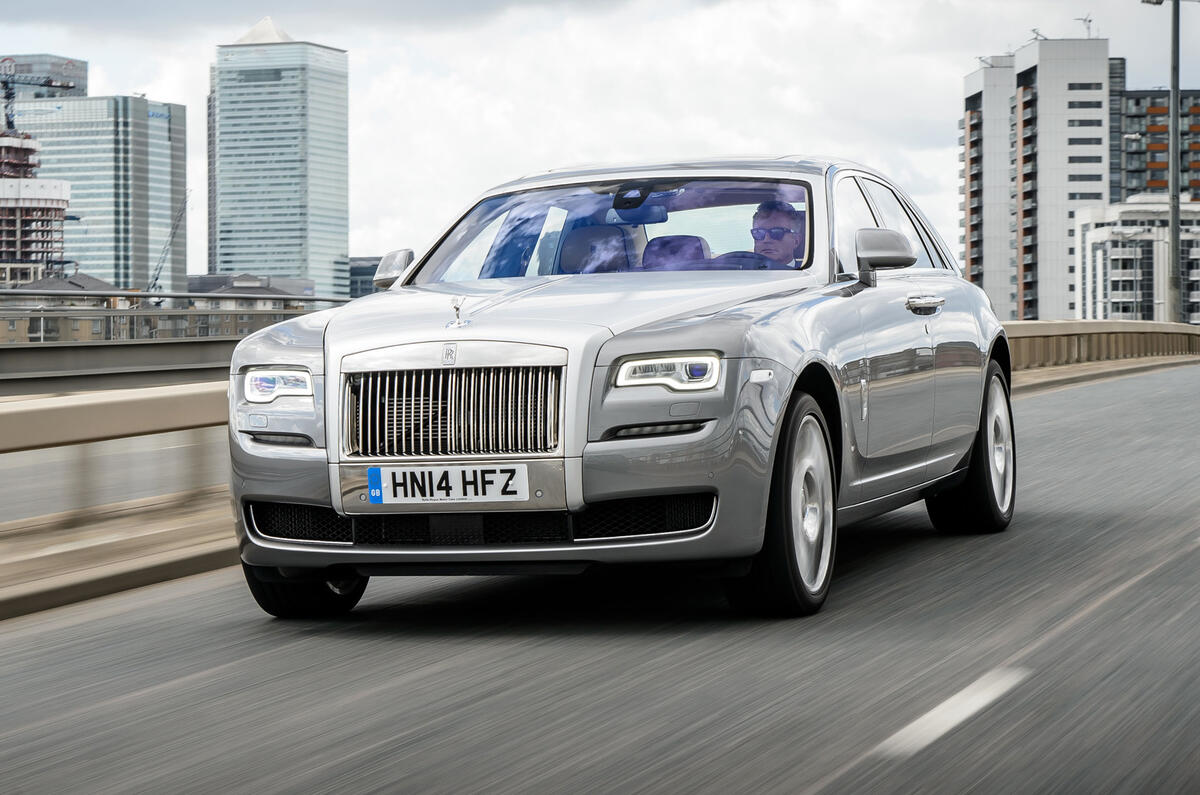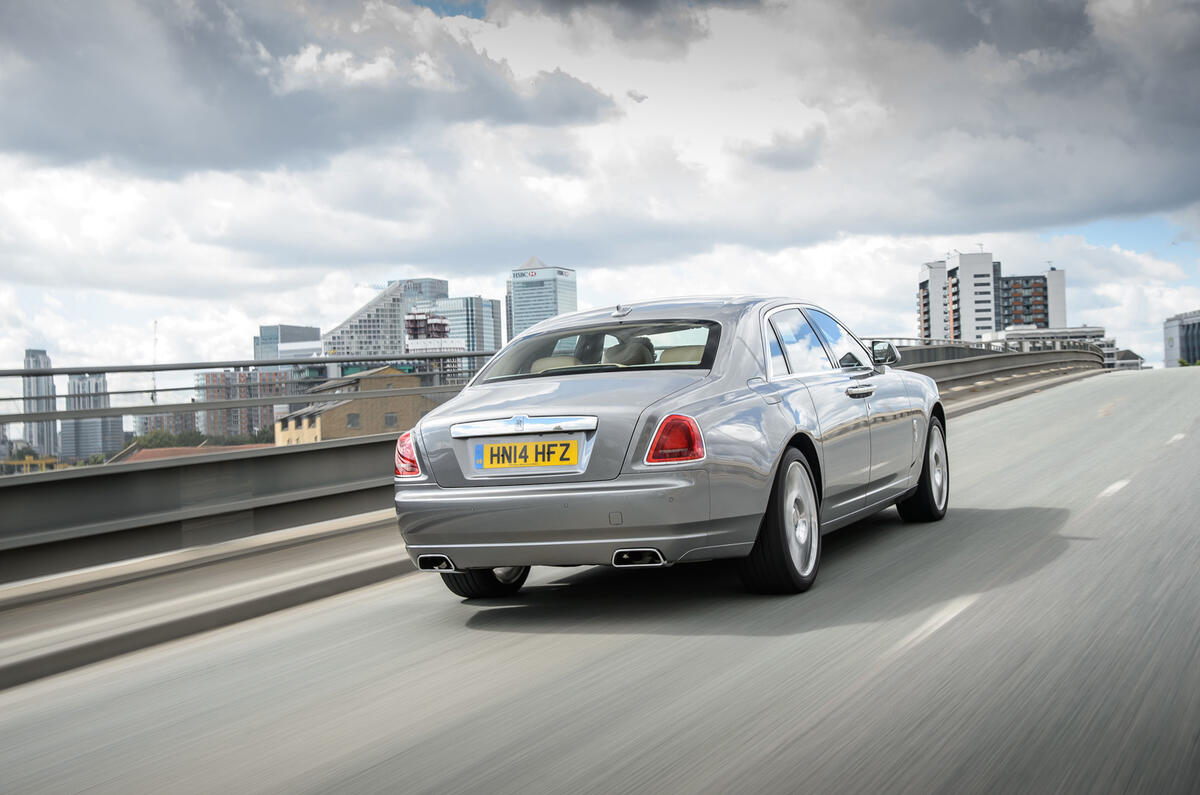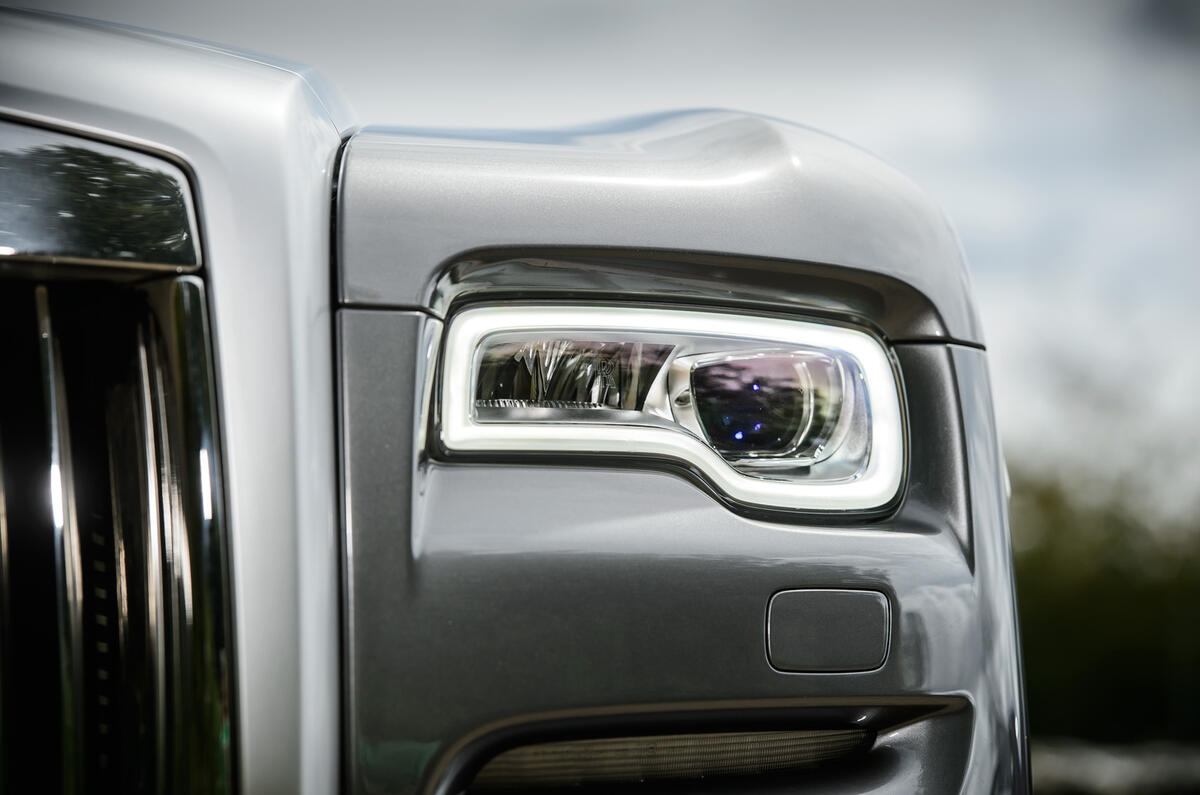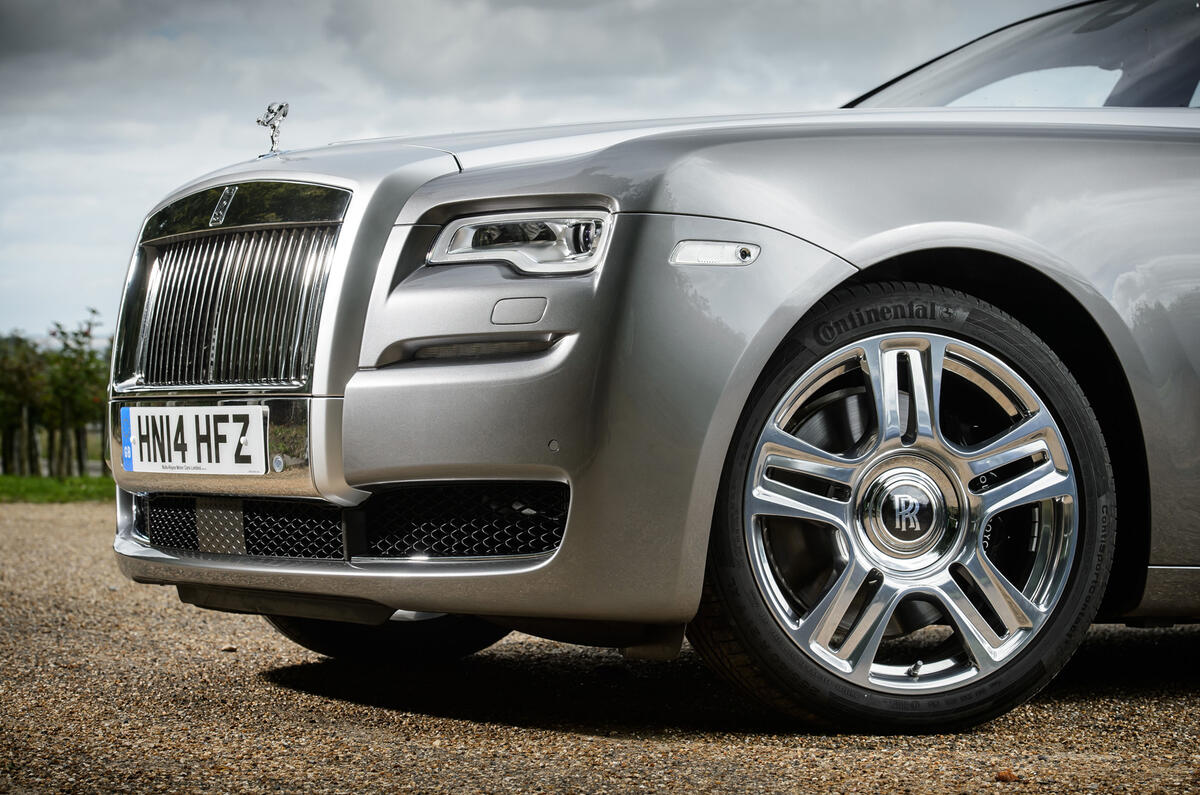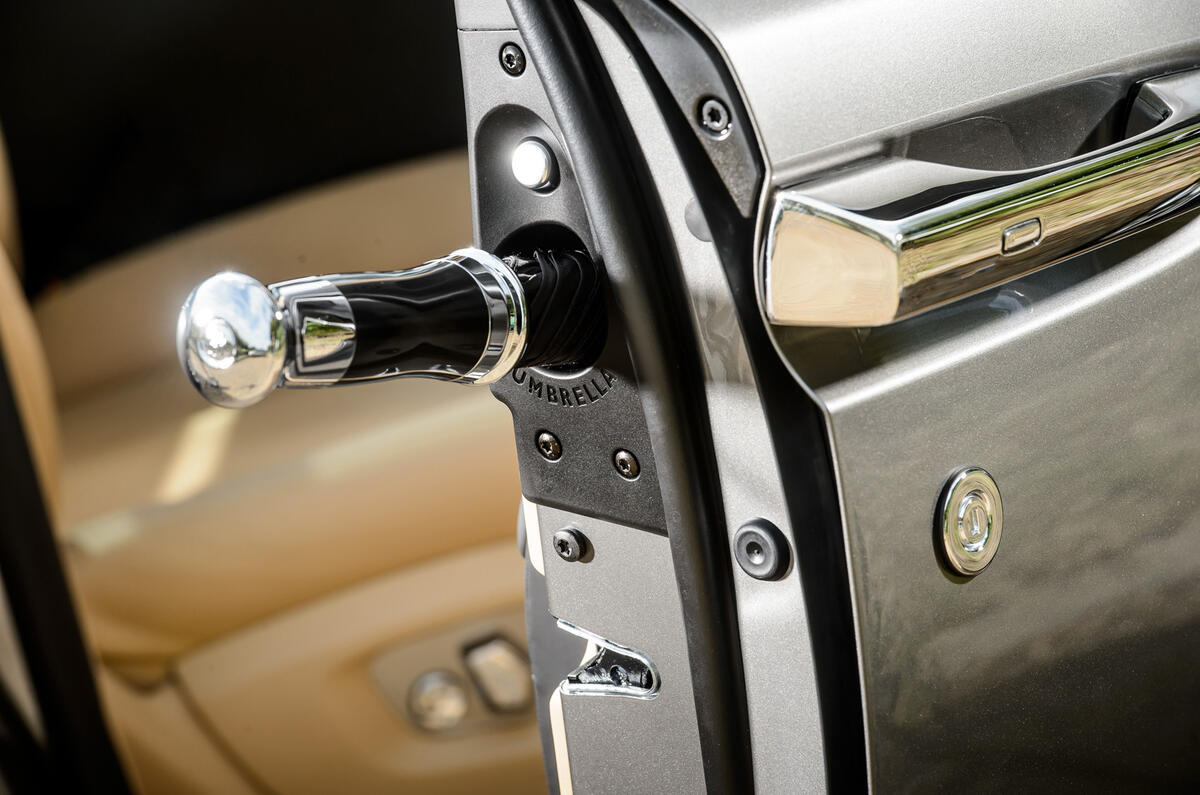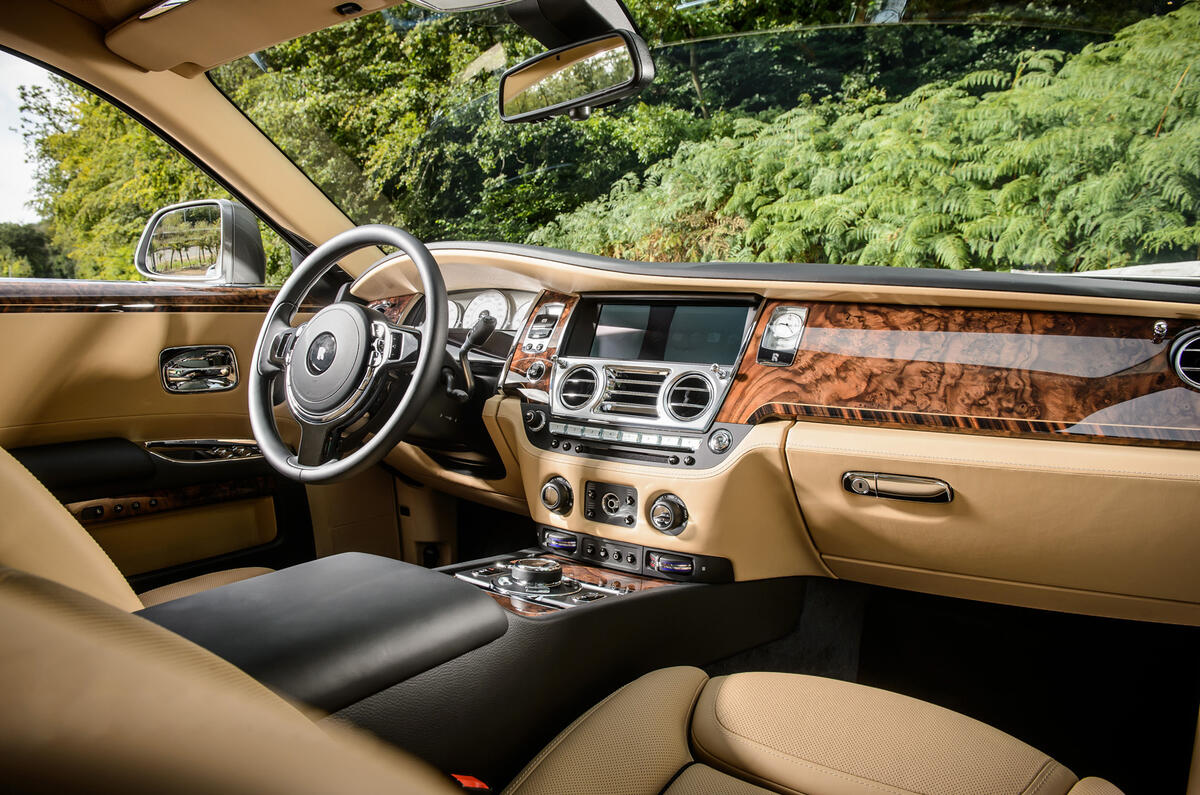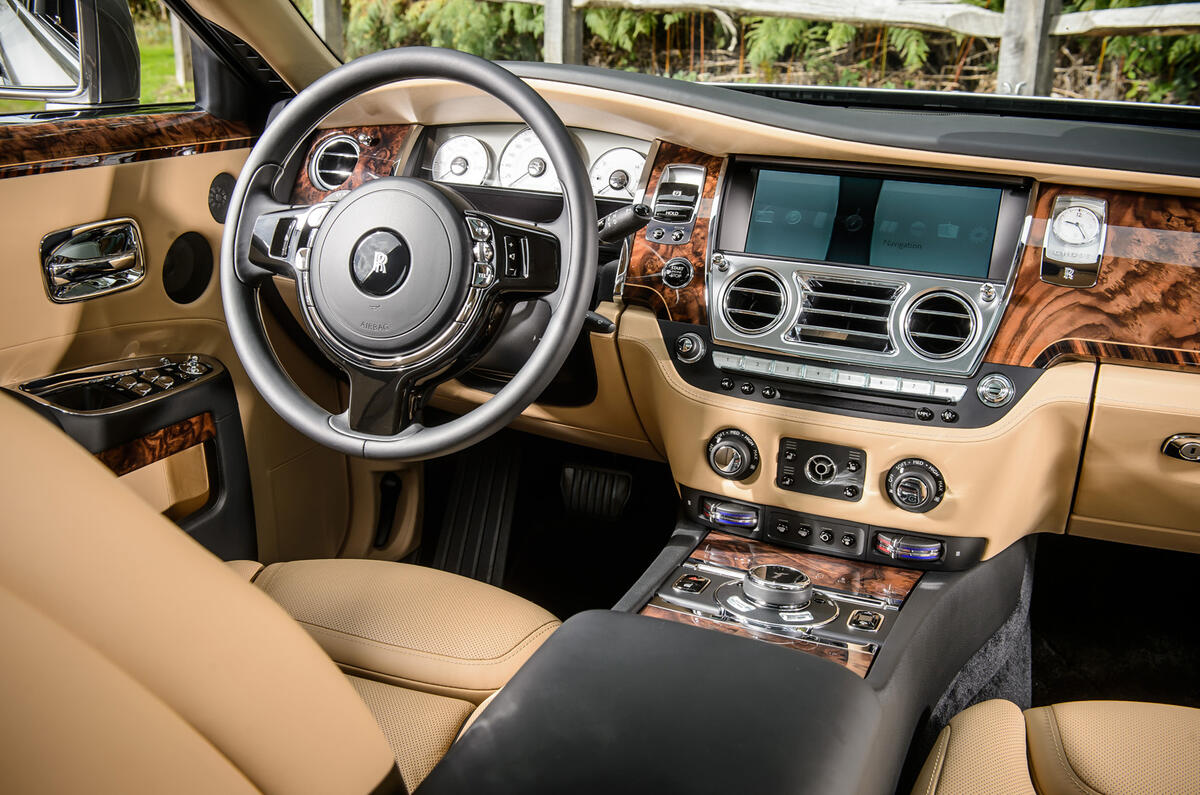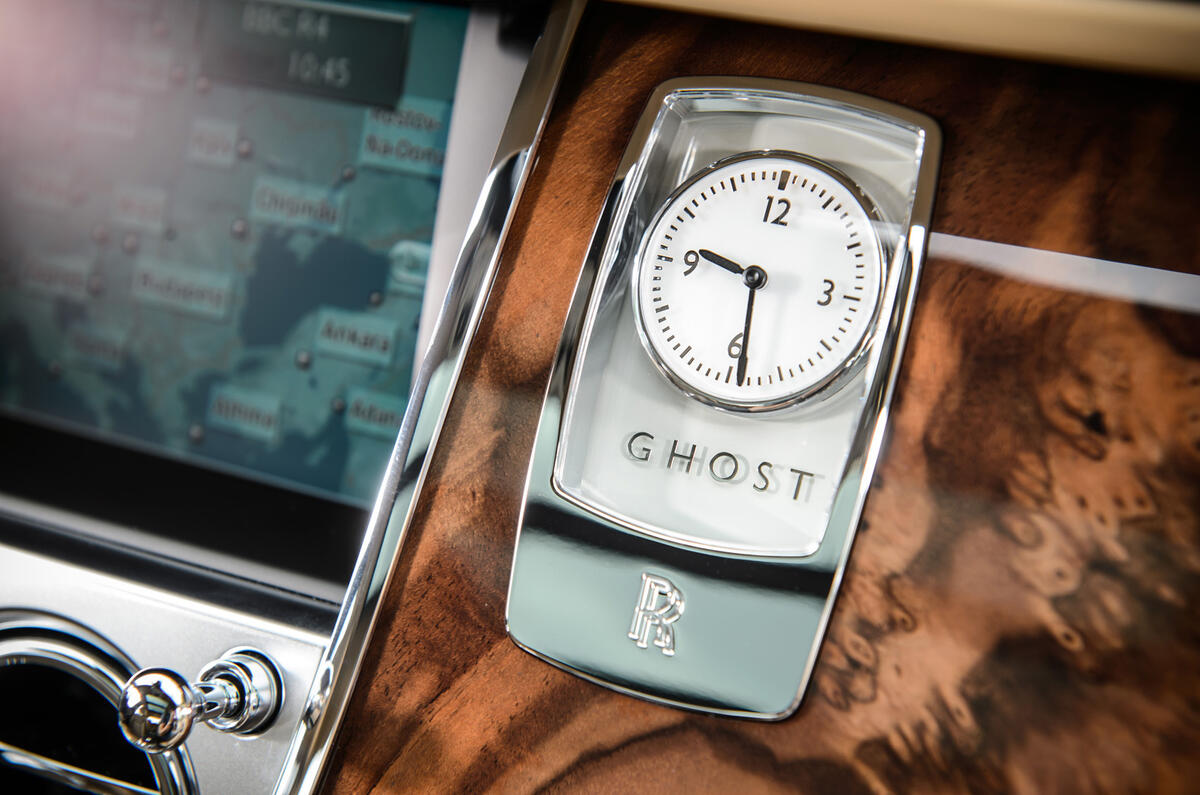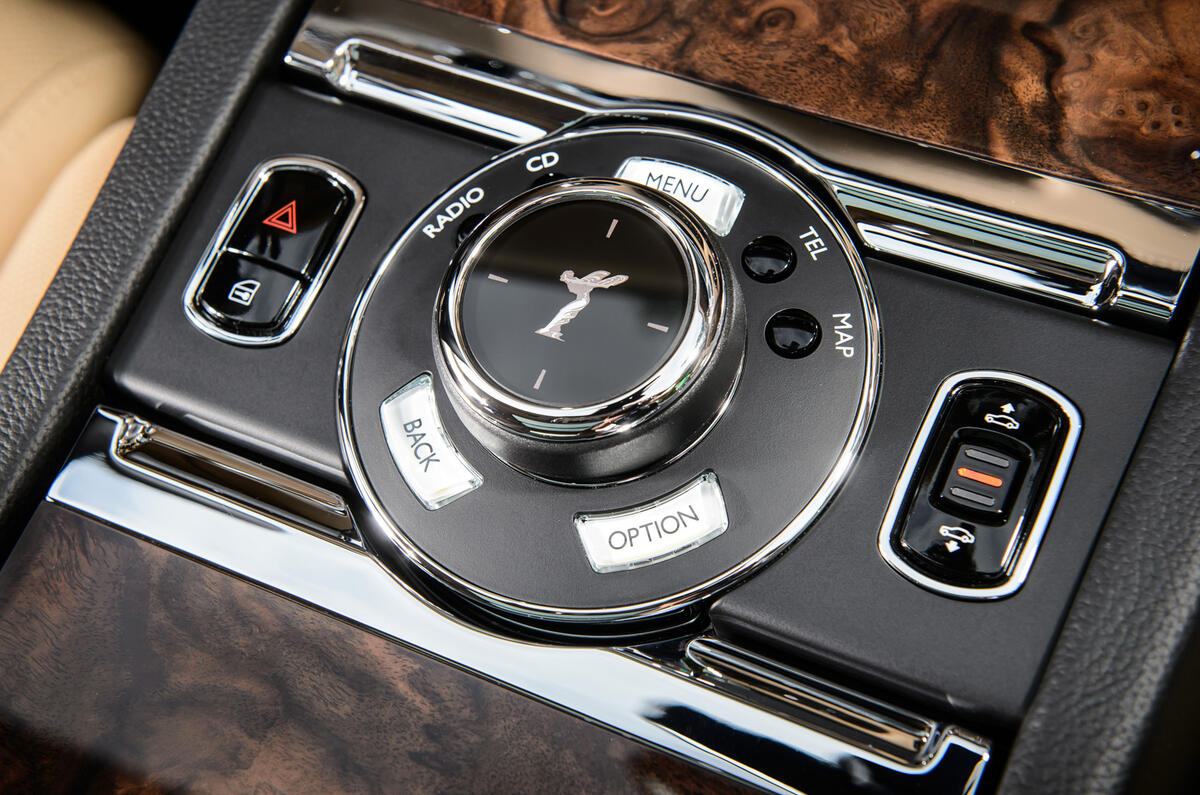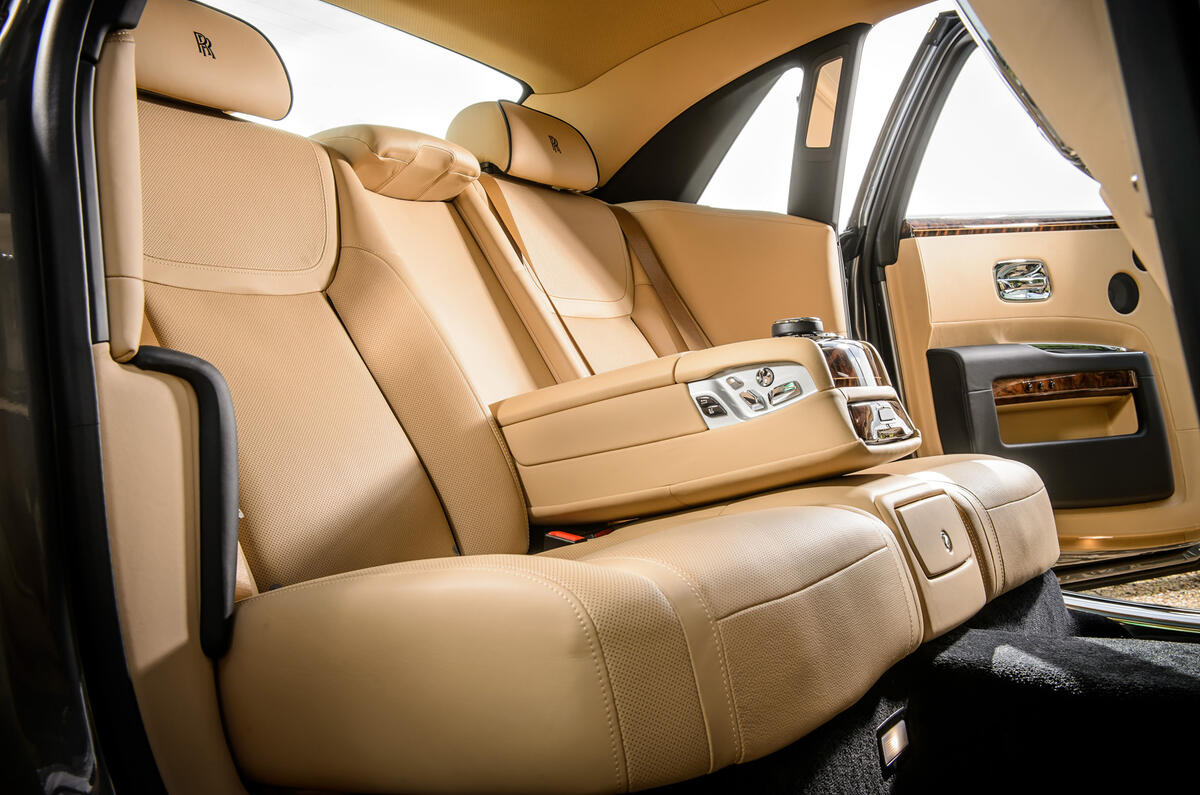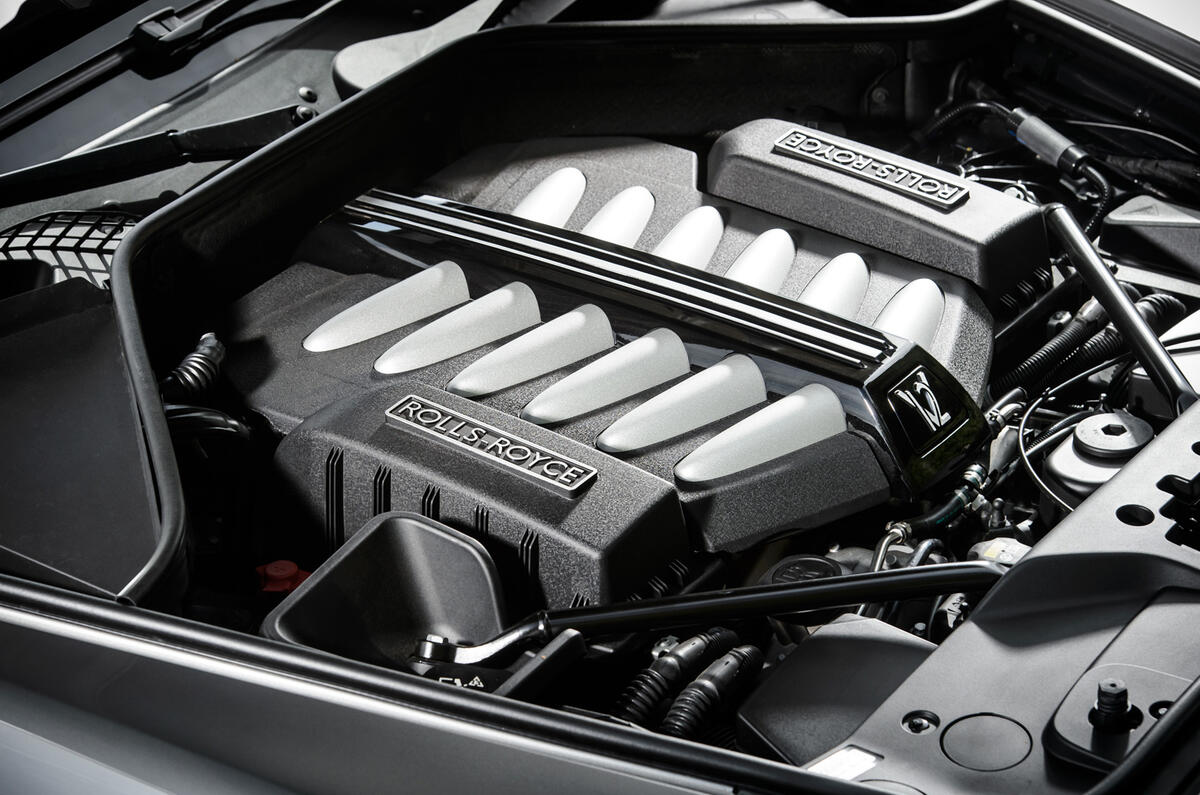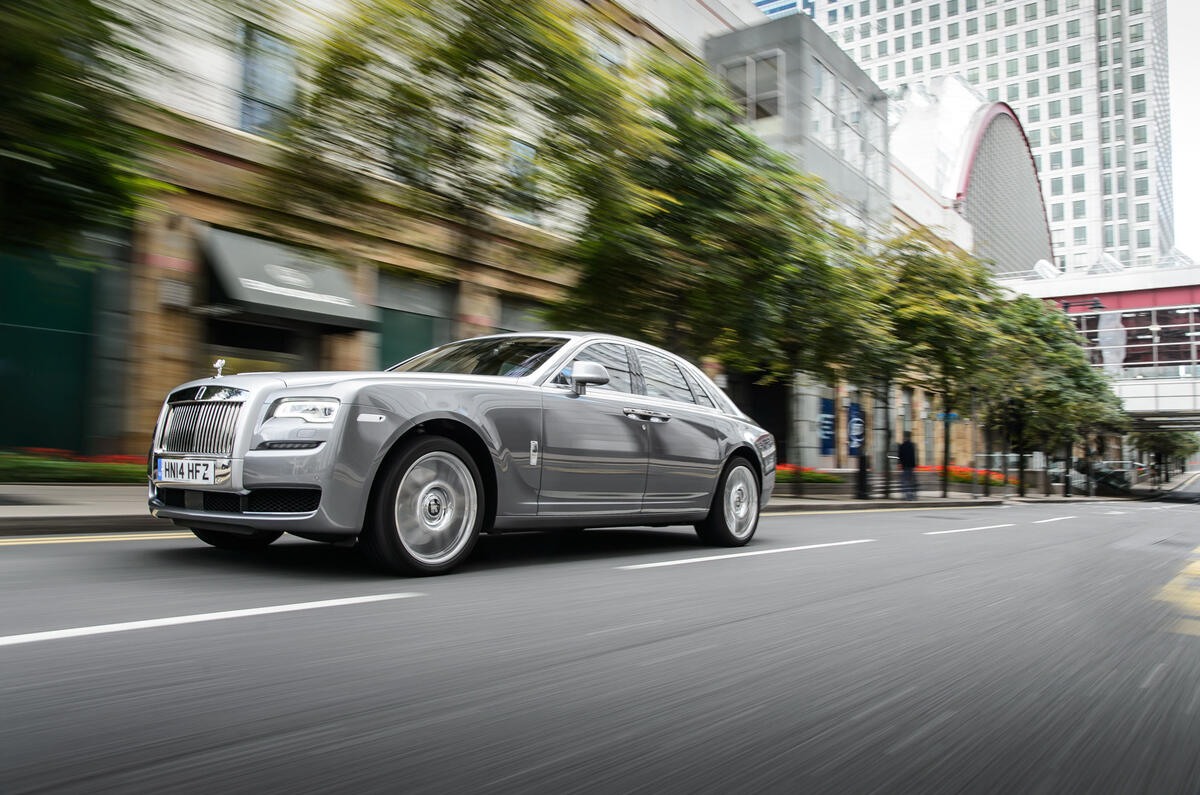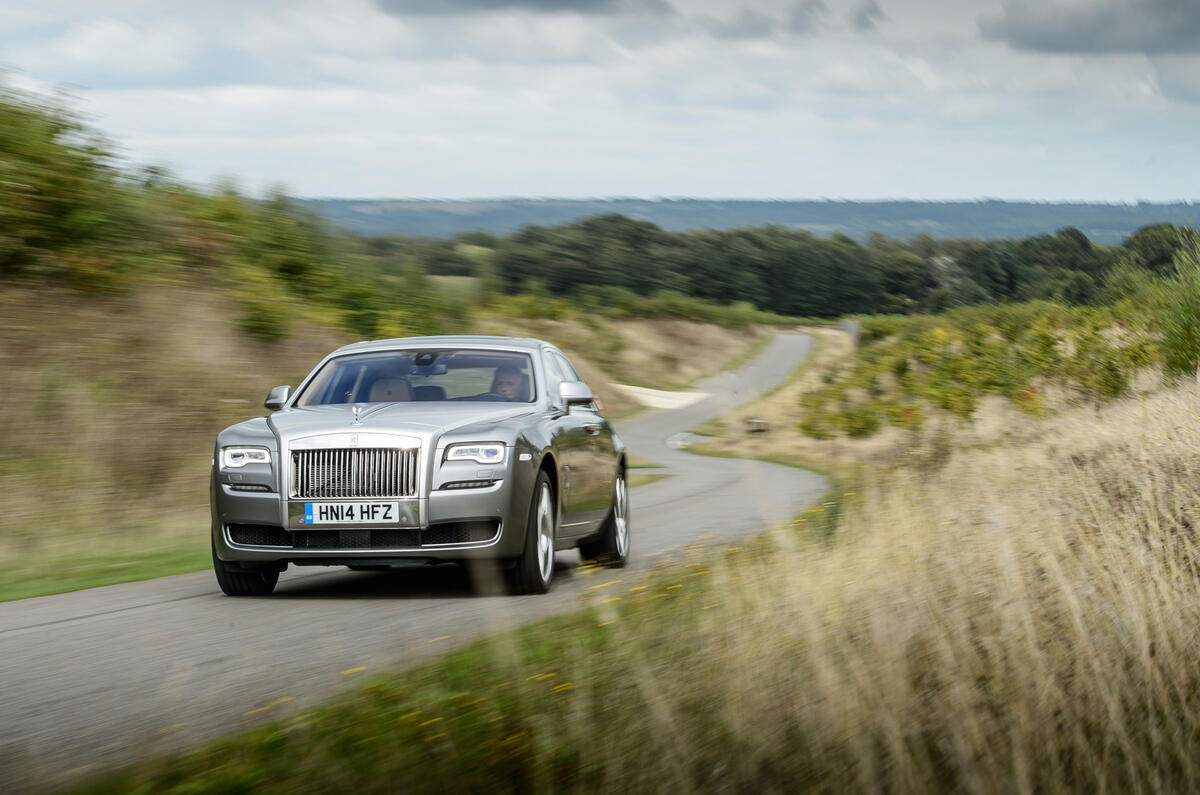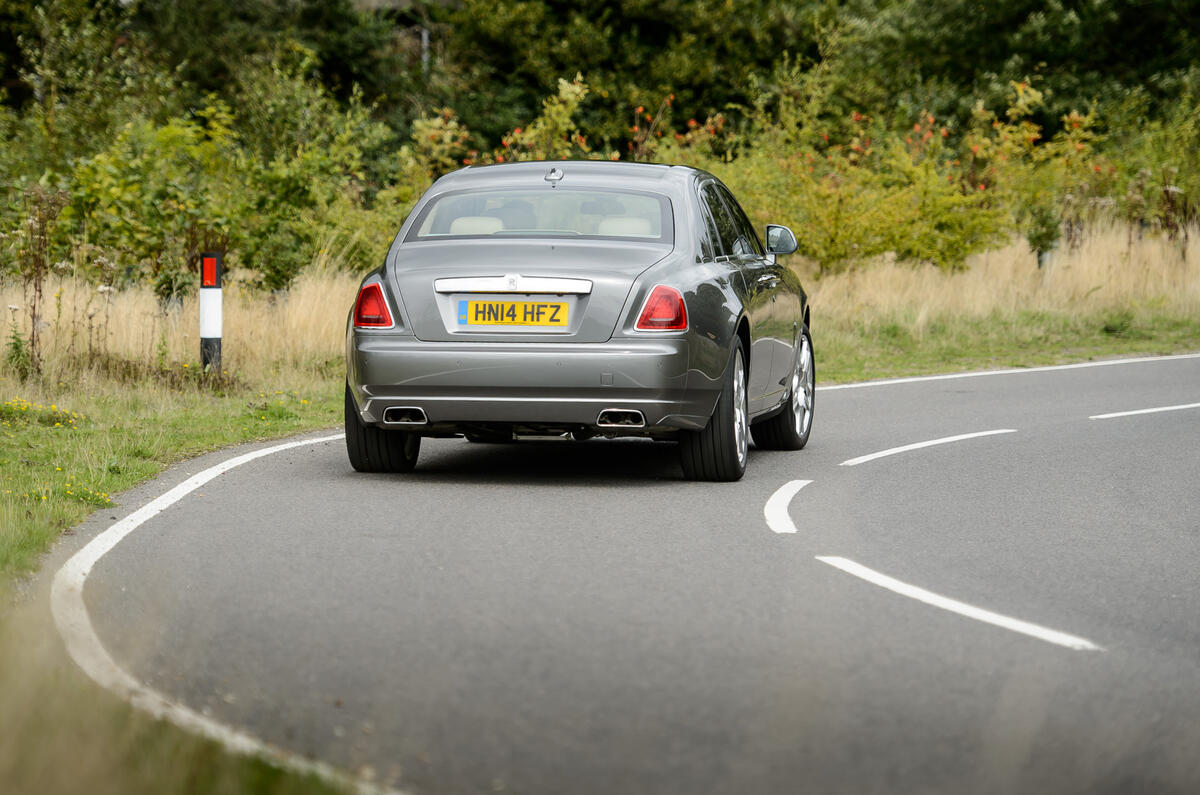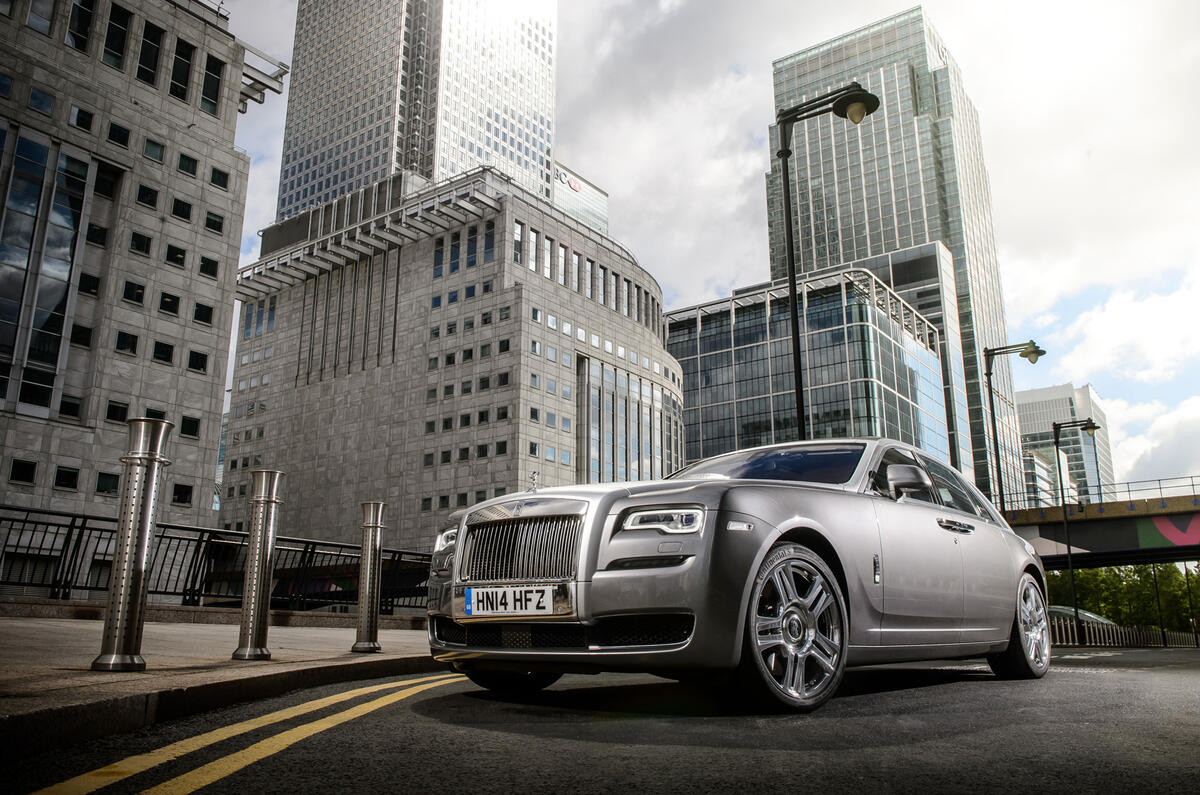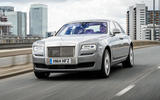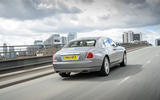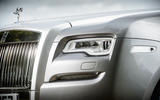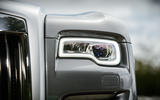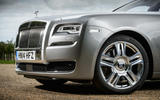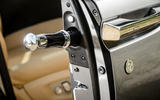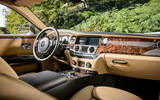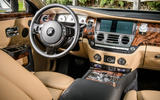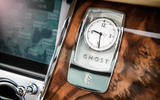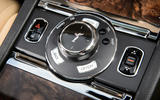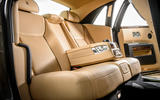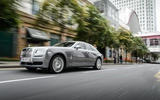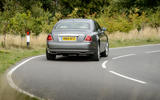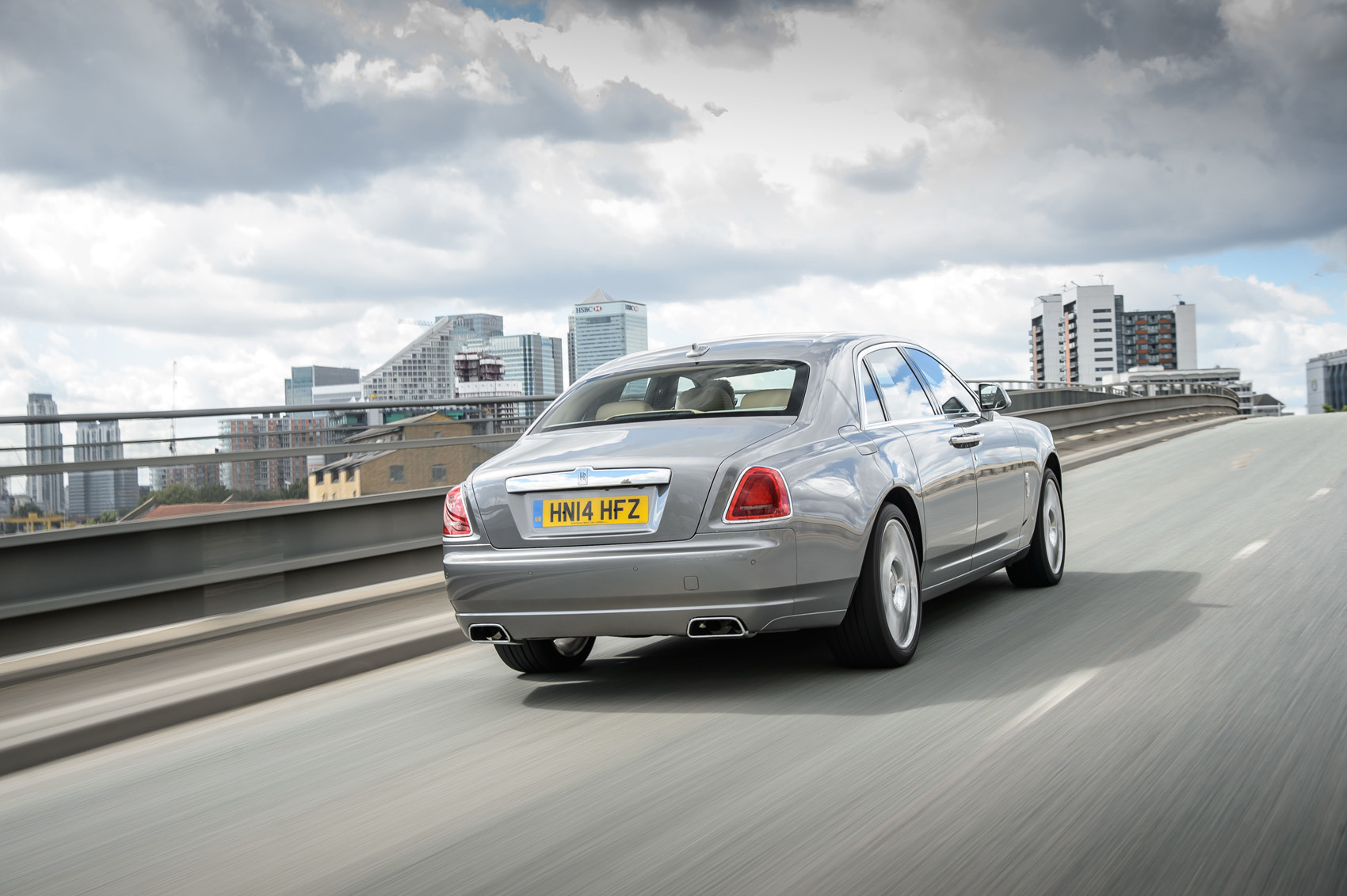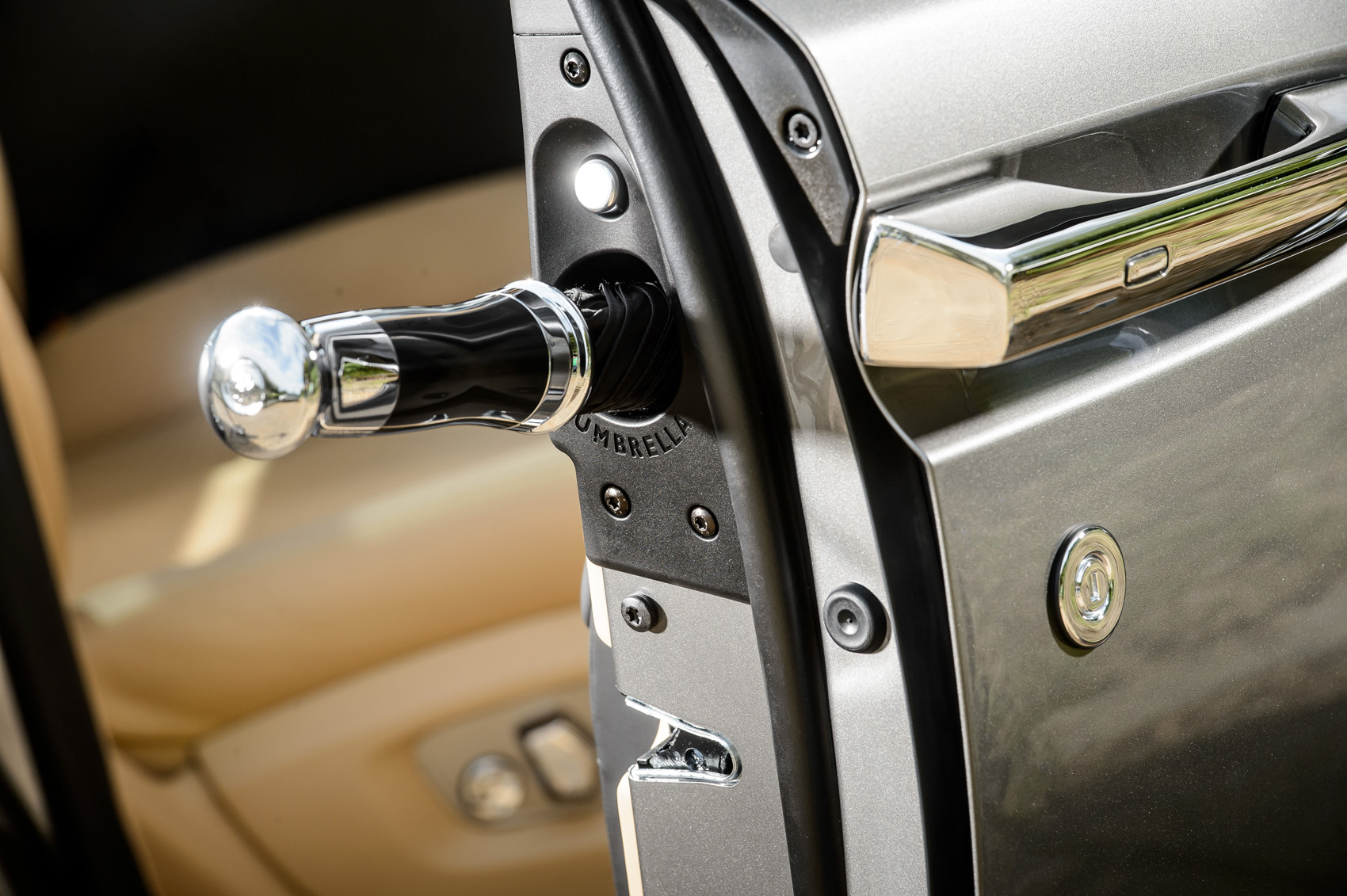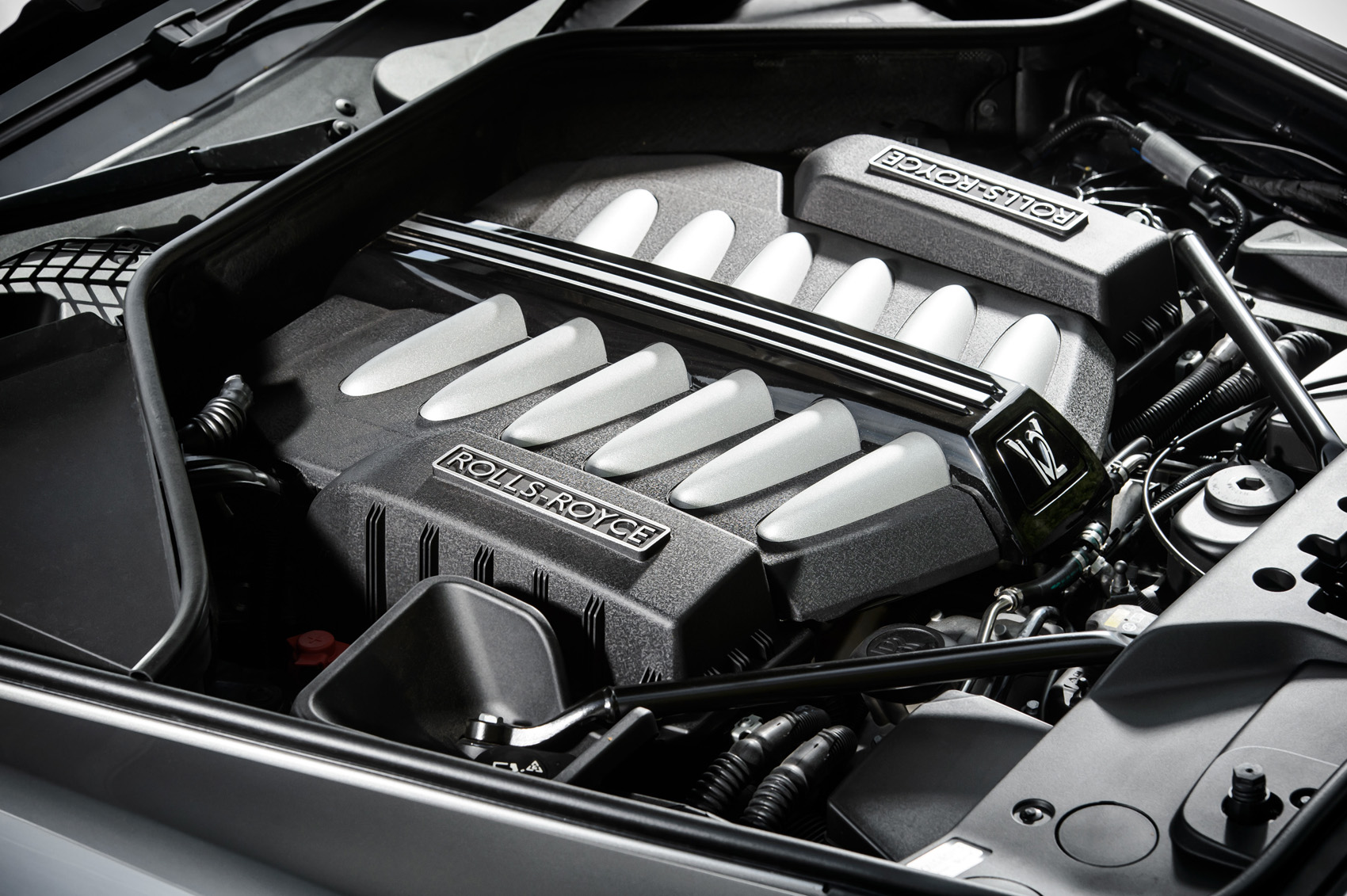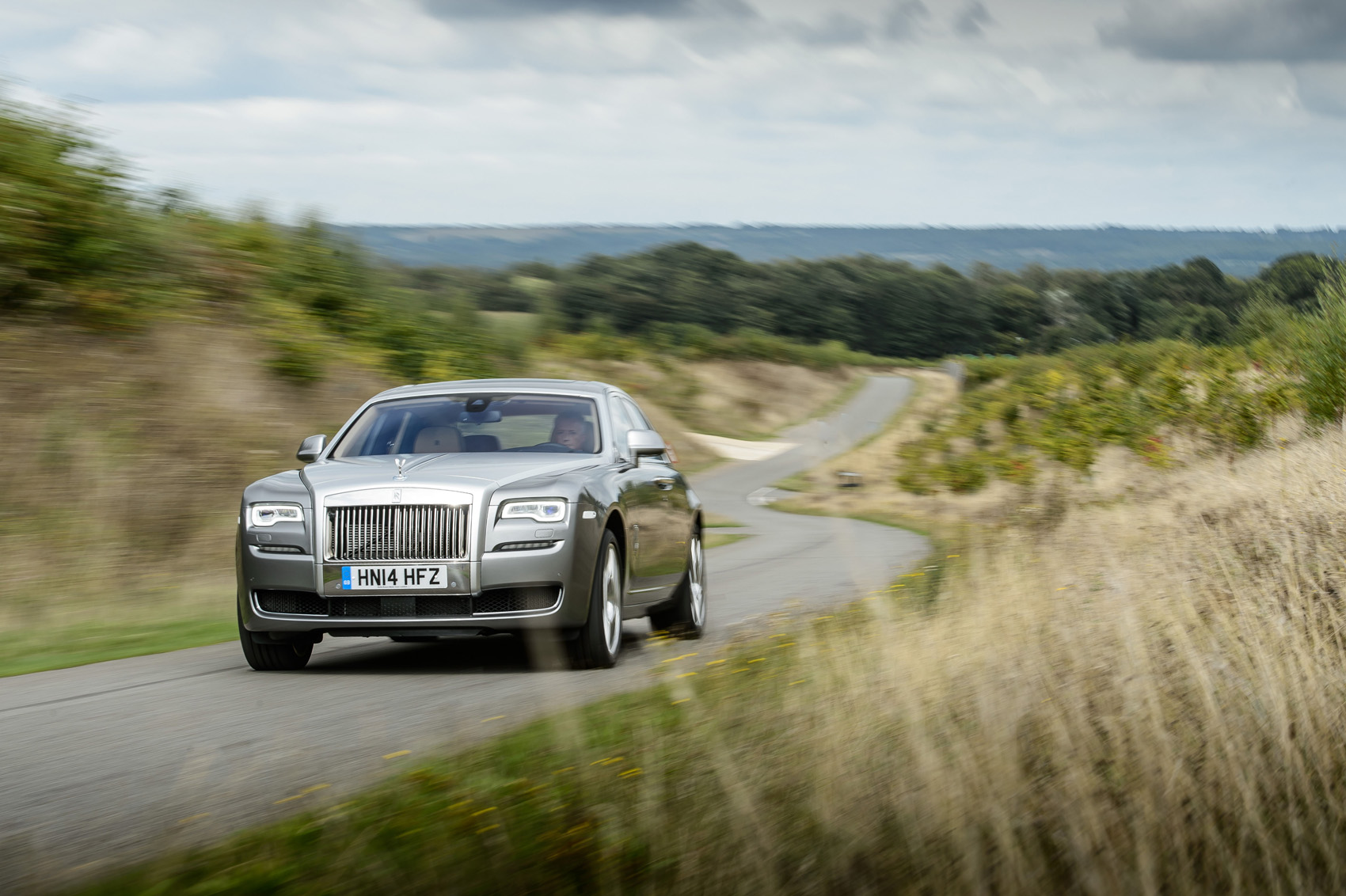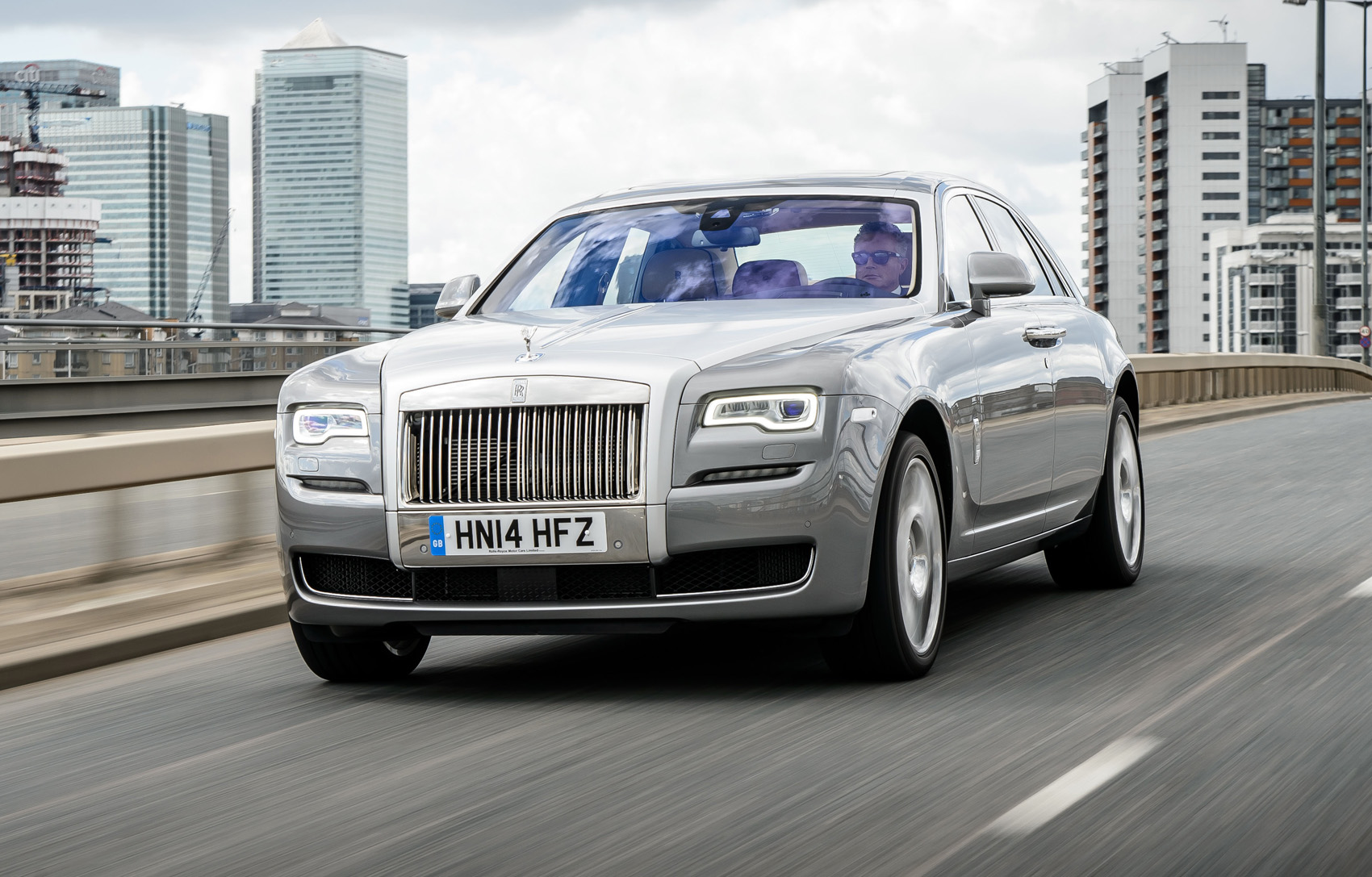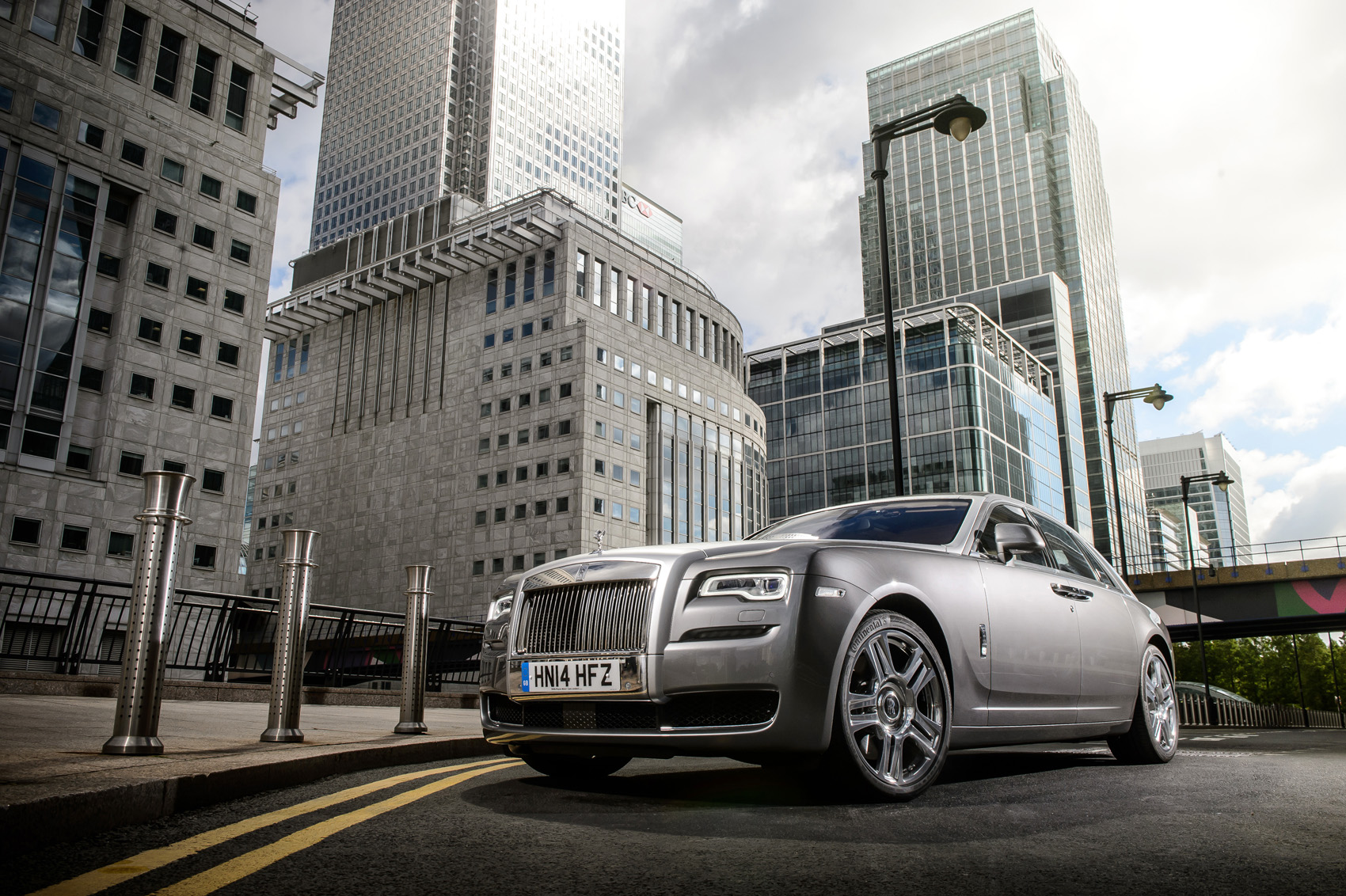The Ghost name was first attached, literally, to a Rolls-Royce in 1907. Needing a PR stunt for its new 40/50hp model, Rolls painted a car silver, screwed on a plaque proclaiming it ‘The Silver Ghost’ and set off to prove its reliability.
To do this, it was driven, non-stop, for 15,000 miles, including 27 trips between London and Glasgow. However, Rolls did not formally recognise the Ghost name until 1925. The Silver Ghost was sold but bought back by Rolls in 1948, only to be then not included in the sale of the Rolls name to BMW.
So now, somewhat ironically, the world’s most famous Rolls is actually owned by Bentley. The introduction of a more affordable Rolls-Royce is nothing new. Indeed, it has been going on almost since the birth of the company 107 years ago. But while the Ghost clearly makes sense on the balance sheets of Rolls-Royce Motor Cars and its BMW parent, a careful balancing act has been required to make it both authentic and profitable.
Unlike its Rolls-Royce Phantom big sister, which employs a unique aluminium spaceframe, the Ghost’s steel monocoque is related to that of the BMW 7 Series.
In itself, this need be no deal-breaker, and much comfort will have been derived from seeing the success of the Volkswagen Phaeton-based Bentley Continental series.
However, Rolls still has to tread carefully: many of its customers will also own big BMWs (a problem Bentley will not have faced with the Phaeton) and the challenge has been to engineer the Ghost to at least appear a bespoke product, one for which it can charge close to double what BMW asks for a flagship 7 Series also powered by a twin-turbo V12.


